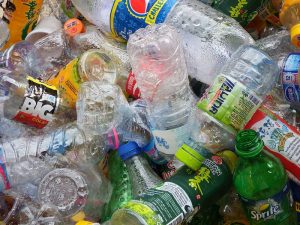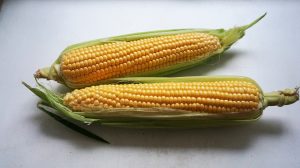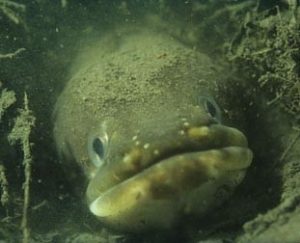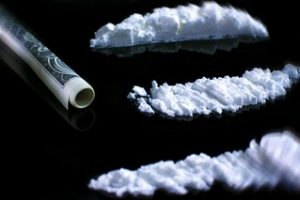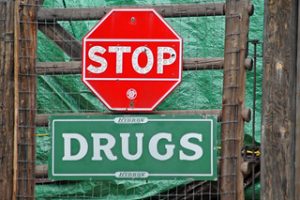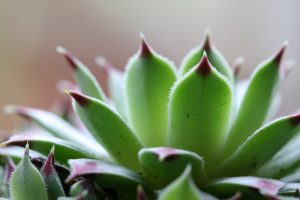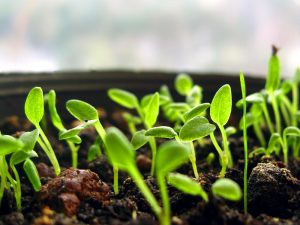Let’s face it, who doesn’t like a good bargain deal for clothing? No one enjoys going out of their way to pay a whopping sum of money just to keep in trend, and for those with that mentality, fast fashion is the way to go. However, behind all the glorious deals, that allow consumers to snag trending clothes at a reasonable price, comes a major cost to the environment.
The fast-fashion businesses has been booming especially in developed parts of the world, which raises eyebrows in concern for how sustainable practices are. Given the rate and magnitude at which these clothes are produced, it is at the same rate the unsold products are discarded and wasted. For example, these businesses claim their wasted, unsold merchandise is reportedly burned, thus further instigating the negative climate impact. And this does not even dive into the tragic details of production.
Certain synthetic materials such as polyester and nylon, not only have a lasting impact due to the stubborn nature of these materials being unable to biodegrade. These materials end up in marine ecosystems which affect the food chain from the bottom up which in turn have a ripple effect on larger mammals such as humans. There, we see the full circle coming together.
This raises concern whether fast-fashion culture needs to be stopped, and have more sustainable practices replacing it. The answer: it is complicated. Although it is a necessity to have more sustainable sources of clothing, the reality is that big giants such as: Zara, H&M, Uniqlo, these brands are not going to change if the consumer mind-set remains the same. As a matter of fact, the LA times reports that over 50% of adults under the age of 34 agreed they would make a switch to a more eco-friendly brand. Meanwhile, less the 40% of adults over the age of 50 had the same mindset. This is a tell tale sign that young people are the catalyst for the future. So, how would one go about making sustainable changes to their wardrobe? Check out Sedona’s take on how she made the switch!
Given this insight, thrift shopping is a possibility of creating a new business model that creates sustainable practices within our economy. Although this model is imperfect, and there is still some waste created, it is no where near the waste of fast-fashion businesses. Remember that improvement is better than staying stagnant, and remember that you have a lot more influence than you know.
Written by Molly Fu






